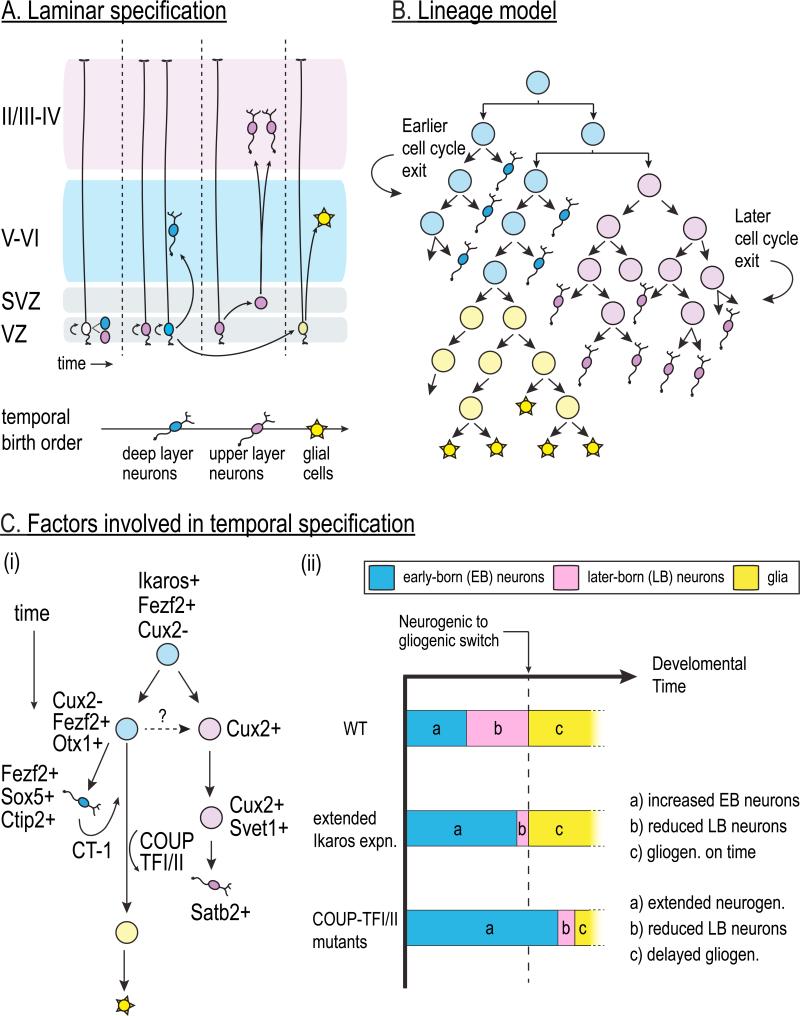Figure 4. Temporal fate specification in mammalian cortex.
A. The six layers of the mammalian cortex are generated by the sequential production of distinct types of neurons that migrate to progressively more superficial layers in an “inside-out” fashion. Deep-layer neurons (blue) are born first from the ventricular zone (VZ) radial glia. Subsequently, upper-layer neurons (red) are born from a subset of VZ radial glia as well as the intermediate progenitors in the subventricular zone (SVZ) that are born from the VZ progenitors. Finally, glia (green) are born after the neurogenic period ends.
B. Progenitors that give rise to deep layer neurons (blue) exit the cell cycle earlier than the progenitors that primarily give rise to the upper layer neurons (red).
C. Factors that function in laminar cell fate are shown on the left. A multipotent progenitor gives rise to more restricted lineages that preferentially generate deep (Cux2-negative) or superficial (Cux2-expressing) cortical neurons. COUP-TFI and II as well as extrinsic signals like CT-1 act on progenitors to switch from neurogenesis to gliogenesis. It is currently unknown whether all Cux2-expressing SVZ progenitors that generate upper layer neurons are derived from the Cux2-expressing VZ progenitors, or whether these are separate progenitor pools. Extension of Ikaros expression in cortical progenitors or loss of COUP-TF results in an expansion of early-born cortical phenotypes (a, blue) at the expense of later-born phenotypes (b, red). However, extension of Ikaros affects the balance of neuronal fates, but does not affect timing of gliogenesis (c, green).

